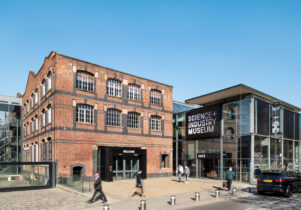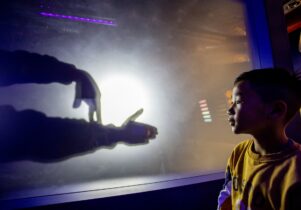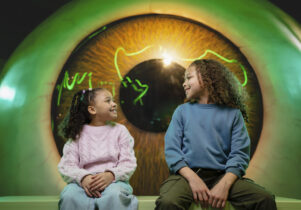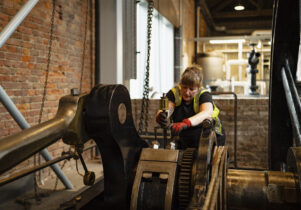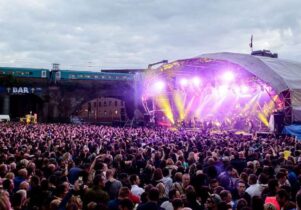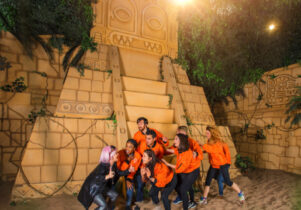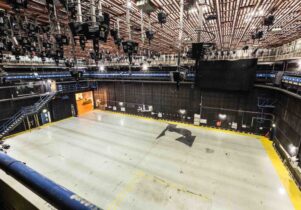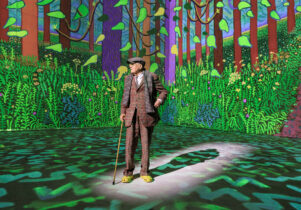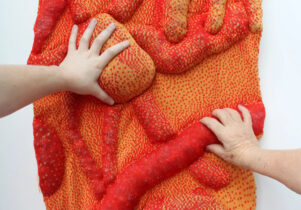Robots at the Museum of Science and Industry
Gemma Gibb, Associate EditorBook now
Robots
Always double check opening hours with the venue before making a special visit.
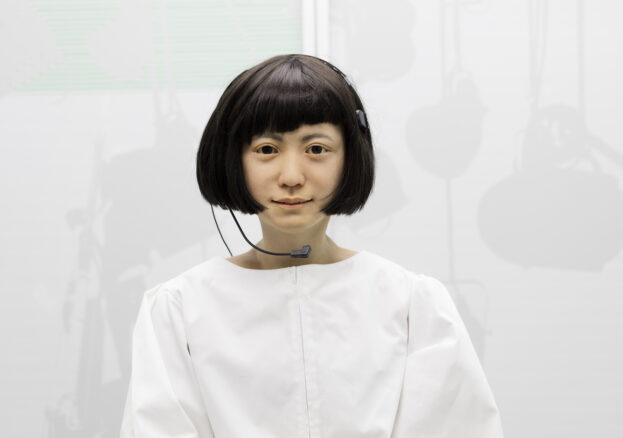
This expansive exhibition exploring the mind-bending 500-year history of “humanity’s quest to recreate ourselves in mechanised form”, is a once in a lifetime chance to explore one of the largest collections of humanoid robots together.
From some of the earliest self-operating machines such as clocks, orreries (showing the motions of planets), prosthetic arms and dancing wine goblets which enthralled audiences and owners from the 1500s onwards, to the latest generations of social robots and “intelligent assistants” today, this exhibition raises all the big questions. What will this shared future look like? Will robots advance society or further divide it?
Highlights include startlingly lifelike animatronics which provoke emotional responses such as a haunting mechanical human baby (sneezing, breathing and moving its limbs) and the Japanese Kodomoroid communication android which regularly moves to perform a newsreader function.
Early tin men who wowed the world in their day include one of the world’s first robots Eric (1928), George (1949 who was operated by morse code) and Cygan (1957), one of the first walking bipdel robots.
Meet robot characters immortalised in film such as the terrifying and legendary T-800 Endoskeleton robot from Terminator Salvation and a replica Maria from Fritz Lang’s Metropolis (1927).
The exhibition charts the recent shift from advanced engineering to the focus on “intelligent machines” – robots capable of making their own decisions and finding their own way around the world.
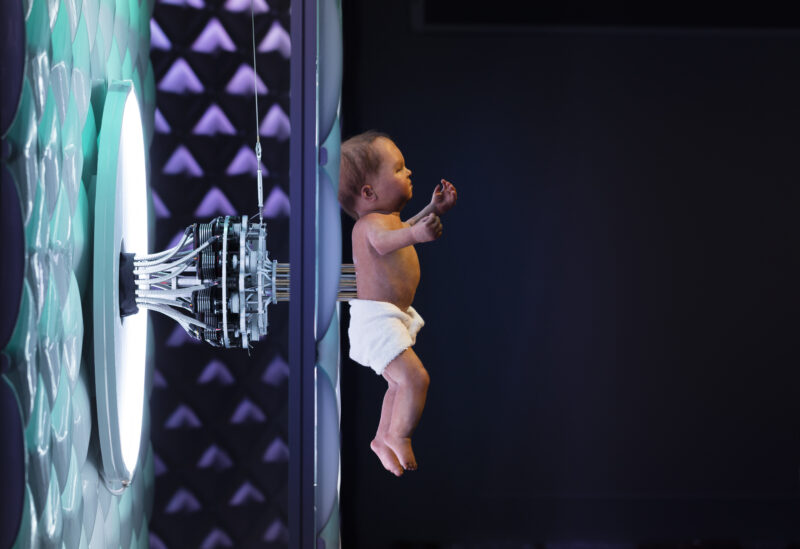
Fascinating examples include cybernetic tortoises and their charging hutch, more recent social robots created for humans with varied educational needs and Pepper – the latest in a brand new generation designed to be companions whose forte is “intuitive interaction with people”. With more than 10k sold so far, the jury is out on if robots can substitute a friend.
With over 100 robots and many interactive elements (get fashion advice from reactive 2002 robot Inhka, a theatrical performance from a Robothespian, or converse with 2016 service robot REEM), Robots provokes a heady mix of emotions– fascination, repulsion, fondness, hilarity, admiration and unease.
As Ian Blatchford, Director of the Science Museum Group says “seeing robots through the eyes of those who built or gazed in awe at them reveals much about humanity’s hopes, fears and dreams.”
We love that whether visiting solo, or in a group, you can lose yourself in all the history, all the possibilities and all your robot-inspired ruminations.
Robots is recommended for children ages 7 and above, with a dedicated family activity trail.
Two special events this January include the opportunity for families to play with cute companion MiRo bots, learn how to do coding on a Pi-Top and have a go at programming a Nao, the tiny humanoid droid that can walk, talk and dance in Pi: Our Robot Friends on 20 January and debate the rapid development of robots in recent history and whether they could one day threaten the survival of the human race in Robots: In Conversation on 23 January.

